Steve Gadd's drum setup: legendary session drummer's kit in pictures
Steve and his tech talk session drumming, technique and gear
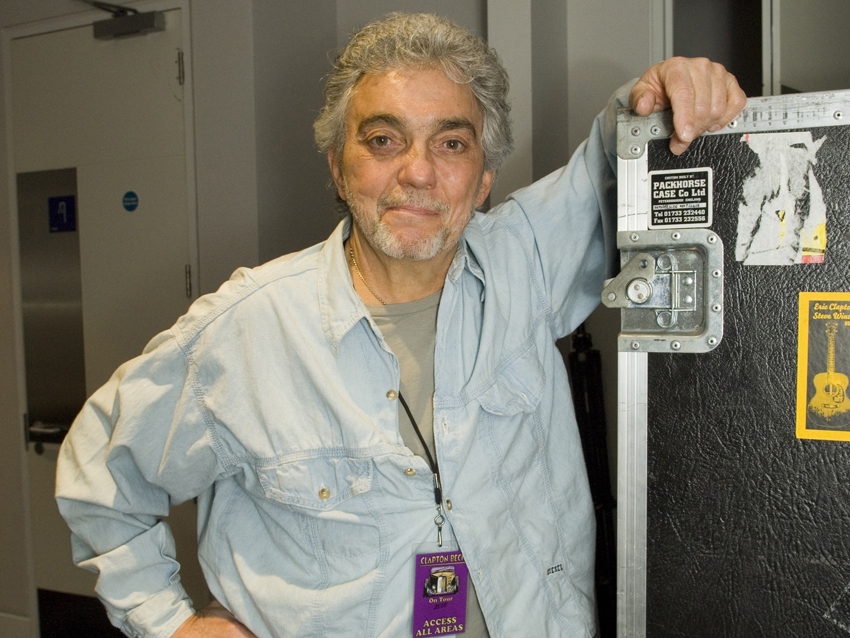
Steve Gadd's drum setup
Once in a generation, a special drummer comes along who changes the way every other drummer plays. Steve Gadd is one of maybe half a dozen such drummers in the past century of drumset evolution. He’s one of the most recorded drummers of all time and certainly the most revered session drummer.
Indeed, during the 1980s he made the idea of the session drummer cool, an artist in his own right, when previously every drummer wanted to be in a band. The clinical nature of modern recording was presaged uncannily by Gadd. He foretold the ’80s by introducing a super-precision into recording, almost as if preparing drummers for the arrival of the drum machine and sequenced tracks.
Yet despite his clarity of execution he is also the most passionate and deeply groove-oriented drummer imaginable. He also put Yamaha drums out front (in the ’80s) and introduced the fusion kit concept with small top toms and shallow floor toms on stands instead of legs. In short, drummers owe him a lot.
Rhythm magazine caught up with the legendary Steve Gadd and his drum tech Yard Gavrilovic to talk drumming feel and session work, as well as to show off the kit he took out on last year’s Eric Clapton tour.
Among the exclusive shots of Steve’s setup you’ll see in this gallery are snippets from Rhythm’s interview, finishing off with a Q&A with Yard Gavrilovic. Check out Rhythm’s current issue 186 featuring an exclusive interview with another in-demand session ace Keith Carlock. Or subscribe to Rhythm here.
- Find your next setup with our guide to the best drum kits
First up: a closer look at Steve's current kit
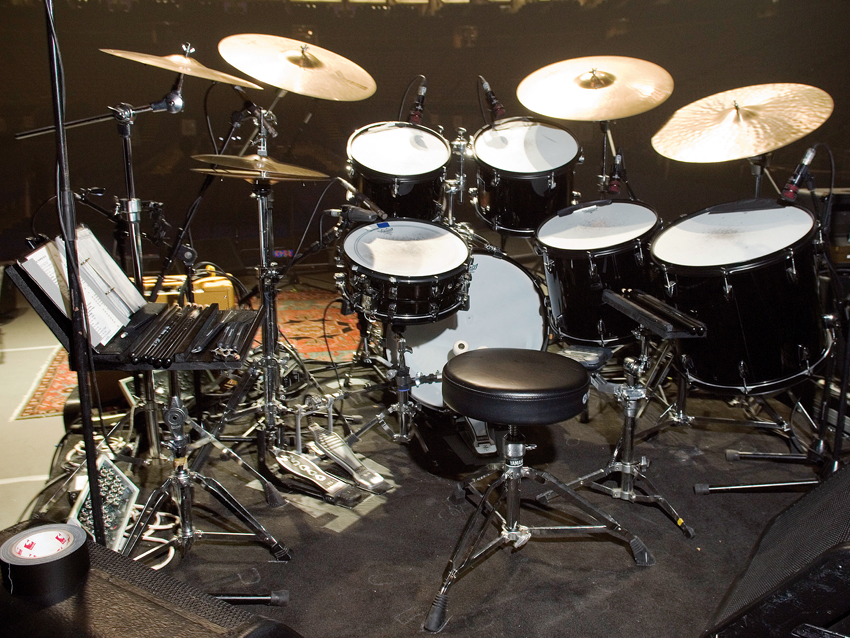
The kit
The kit
Yamaha Steve Gadd Custom Kit (Eric Clapton Tour): 12"x8", 13"x9", 14"x12", 16"x14" birch toms with triple flanged hoops; 22"x14" maple bass drum; two 14"x5.5"
Next: the snare
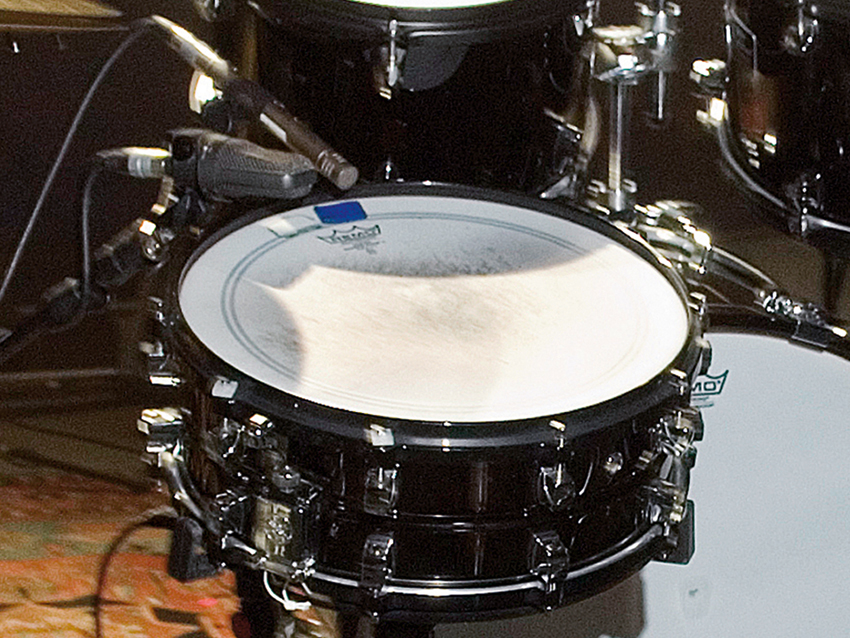
Snare
Snare
Two 14"x5.5" Yamaha Steve Gadd signature steel shell snare drums with wood or die-cast hoops
Next: cymbals
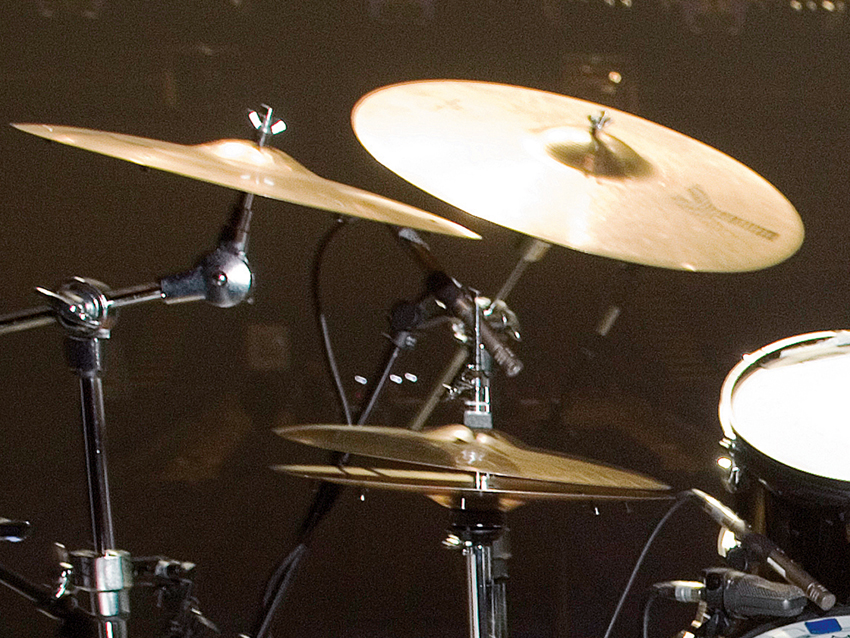
Cymbals
Zildjian cymbals
14" top hi-hat (age unknown, but bought used in the ’60s)
14" A Custom bottom hat with eight rivets
15" A Custom with eight rivets
18" K Dark Thin crash
20" Avedis Classic Orchestral
20" K Zildjian Medium Thin Low
Next: heads
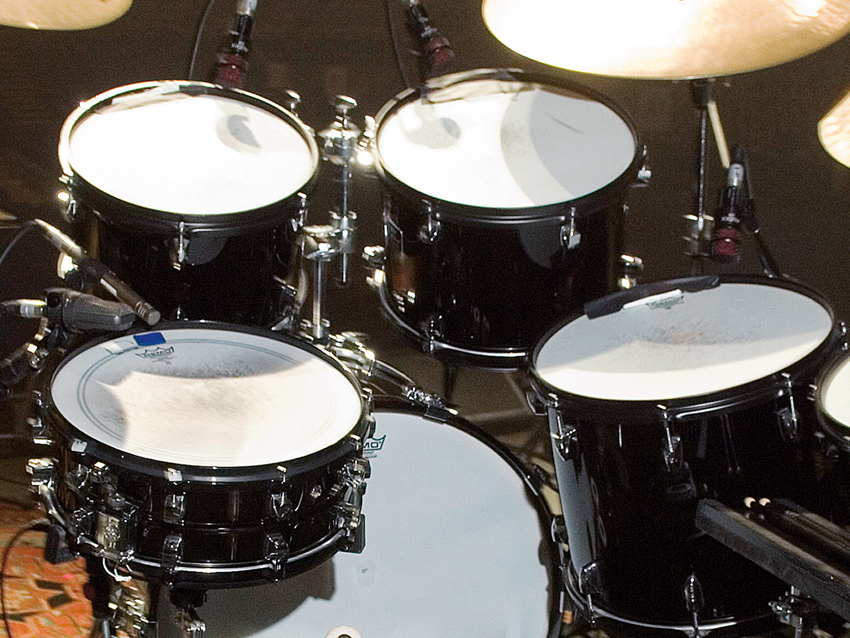
Heads
Remo heads
Ambassador Coated batter heads to toms
Ambassador Clear resonant heads to bass drum
Powerstroke-3 coated batter heads to snare
Diplomat Clear to snare side
Next: hardware and metronome
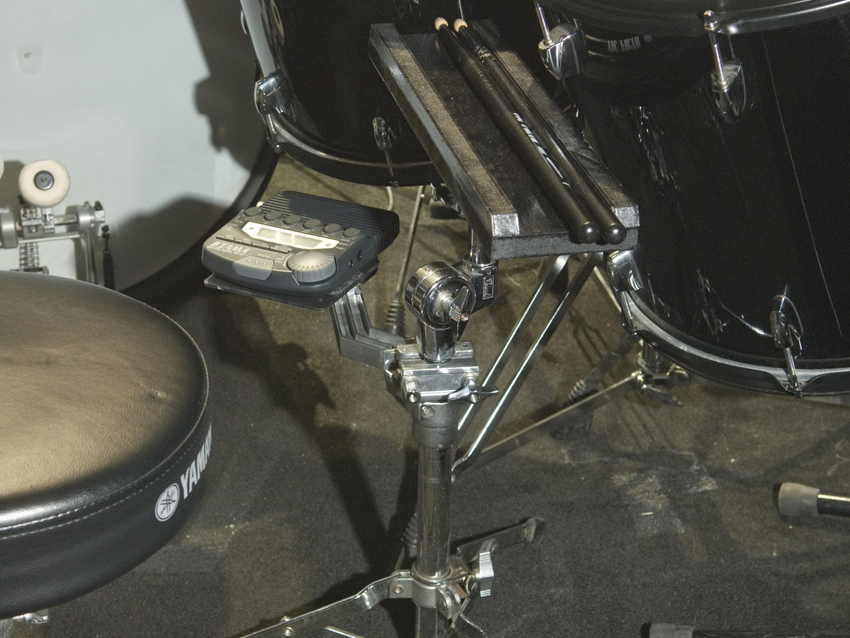
Hardware and metronome
Yamaha hardware
Four cymbal stands, hi-hat stand, snare stand and floor mount tom stand, double bass drum pedals with felt beaters
Metronome
TamaRW105 Metronome for countins where needed
Next: sticks, stick table and music stand
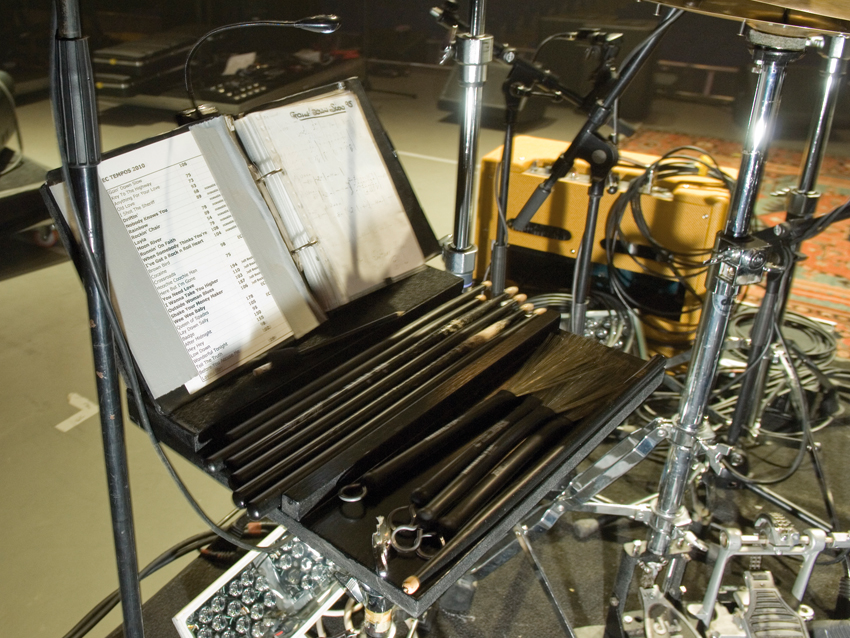
Sticks, stick table and music stand
Table
Music stand and stick table custom made by The Vintage DrumYard
Sticks
Vic Firth Steve Gadd signature sticks and brushes
Cases
Beato Soft
Next: Steve Gadd on drum tempos and volume
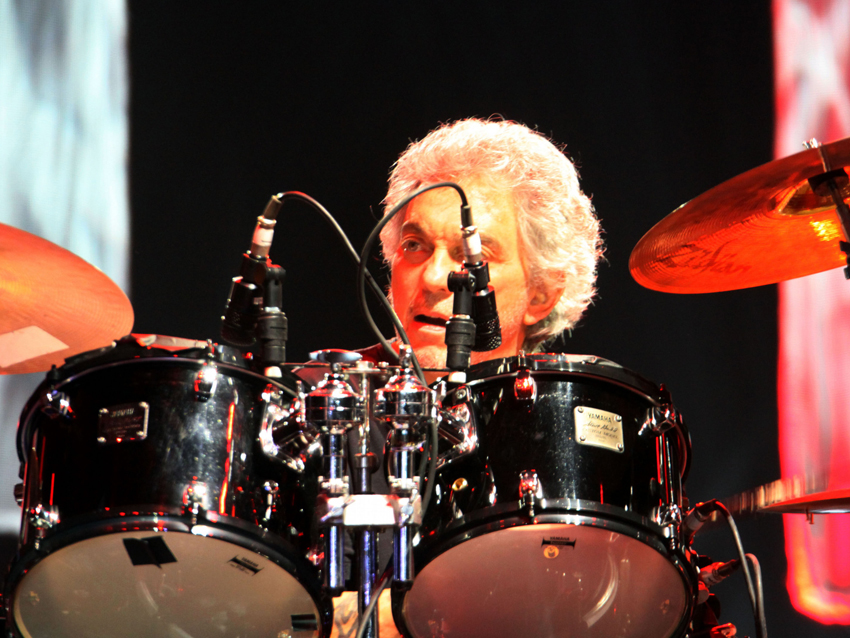
Drum tempos and volume
One thing that impressed everyone who heard and saw you in those ground-breaking days was the way you were able go from a whisper to a roar and the tempo remained rock solid. I was lucky enough to see you play at Mickell’s in New York in 1985 and that made a huge impression.
"That was what we were trying to do. Richard Tee [piano] was a great groove player. and also, in those little clubs where you hear things first hand with no pa, you’re hearing what I hear. That’s how I listened to music in little clubs growing up, close enough to see what the guy was doing. It can make a big difference, it clears up a lot of the things that get unclear in big venues.
"Without a PA, you hear the drums acoustically, you see what is going on."
Next: playing with Eric Clapton
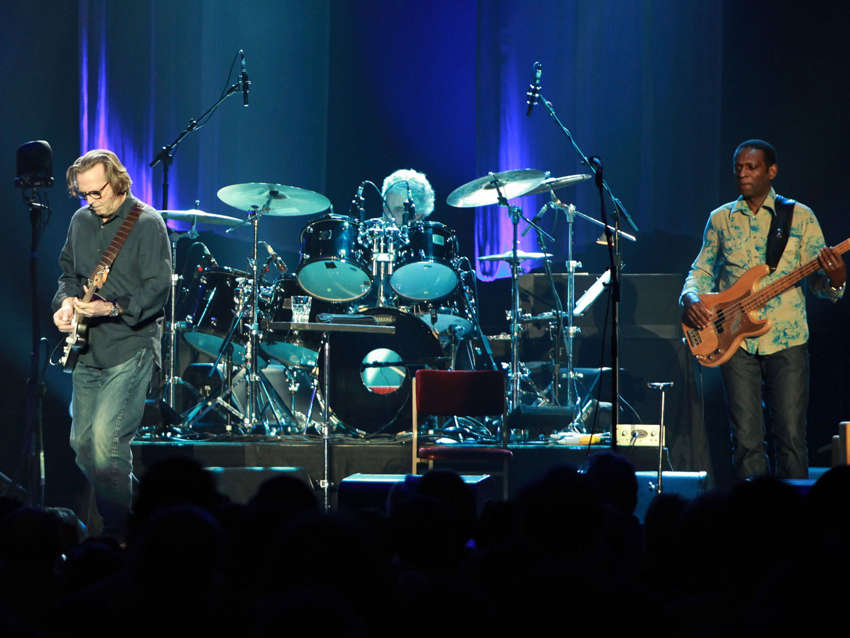
Playing with Eric Clapton
Playing devil’s advocate, some might suggest the music you played early on was highly technical, whereas, for someone of your skill, playing with Eric Clapton and James Taylor is falling off a log?
"Yeah, but it isn’t. Musically it’s very challenging. Every situation has its different challenges. There’s all kinds of ways to make music. You can use notes, but you can also use silence. and that is just as important a part of music as what you play. It’s just as challenging to be able to use space and still be able to keep the thing feeling good."
Is that something you learn by doing lots of sessions, hearing yourself recorded every day?
"You get a chance to hear things back. It’s a good way to learn. When you hear something you thought sounded good but then you hear it back and you say maybe that was a little too busy for the record."
Next: more on being a session player, feel and technique
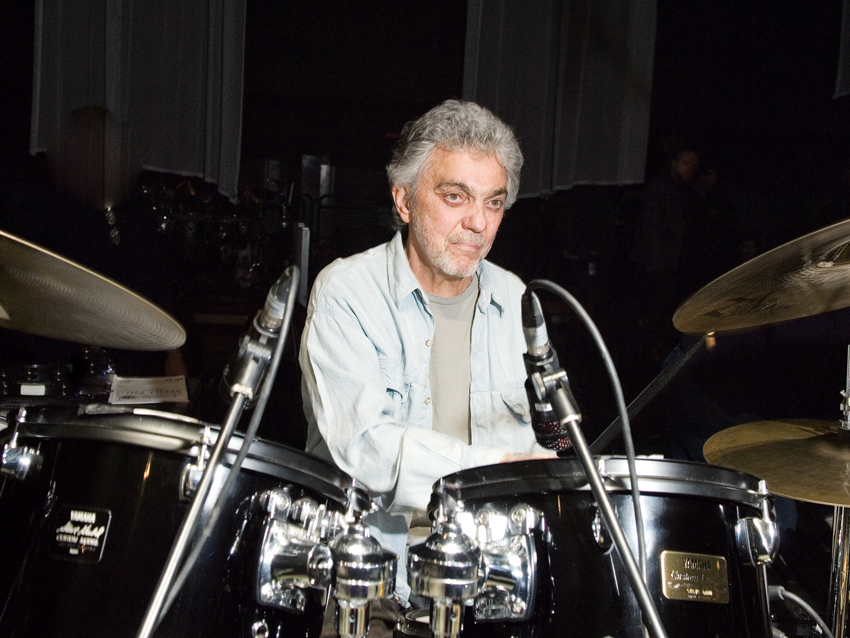
On being a session player, feel and technique
As the consummate session player, do you ever find yourself in situations where what you play is simply not working and you’re stumped?
"No! I’ve been in situations where I feel challenged, but not because someone’s telling me that I’m not doing it right. More or less I’m in agreement that we got to change something here, but I’m not sure what it is. But that’s what you are there for, to figure that stuff out. Sometimes they feel it and I feel it with them at the same time.
"Sometimes I feel it and they don’t - and I say let me try something else and see if this feels better to you. You’re constantly trying to get it to where it feels good for the music."
Feel is what matters most?
"Yes, the music and how it lows."
You leave technique at the door, so to speak, and go in to make music?
"Right. First the music and then that inspires whatever you have to use technically, or not use technically, to make it happen."
Next: Q&A: Steve's drum tech of 14 years, Yard Gavrilovic
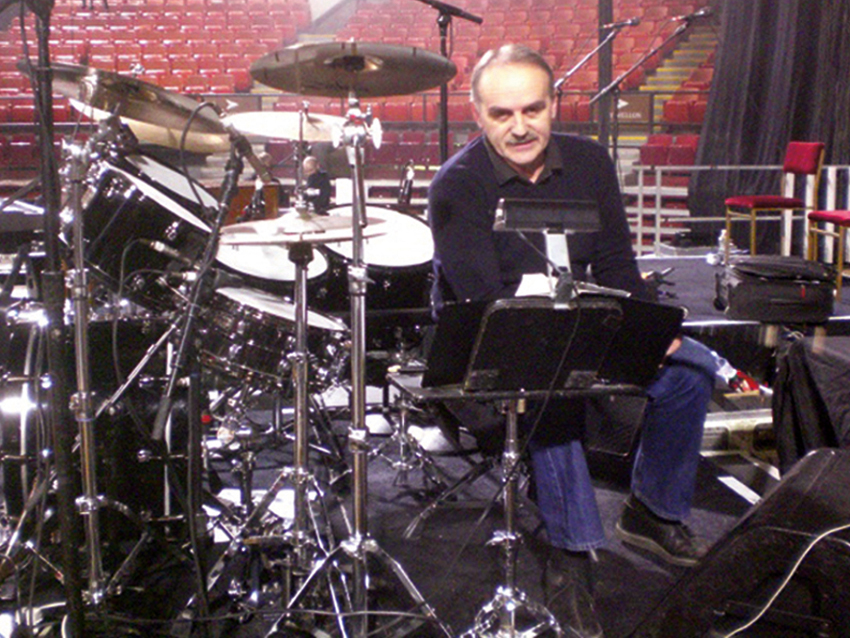
Q&A: Steve's drum tech of 14 years, Yard Gavrilovic
What is Steve like to work for?
"He’s an absolute dream as he has no ego whatsoever. Drumming is so natural to him. His sticking and brush work are extraordinary, but more importantly he is a great human being. I finally learnt what the phrase ‘he makes the drums talk’ means.
"He has great humility, humour and is very welcoming and encouraging to all. His main asset is that he knows when to play and when not to."
What is special about Steve’s requirements?
"Nothing really… well, apart from new jokes. As with all seasoned pros he is very laid back but takes his input very seriously. The main area of concern is for him to know that you are paying attention during the gig in case of monitor adjustments or mishaps and to deal with them quickly. No crowd watching or you’ll miss it!"
What is special about Steve’s gear?
"The toms are birch for more attack and the bass is maple for warmth. He has a full packing blanket folded and placed in the bass drum that touches both heads. The toms are tuned for response as well as sound. To achieve the response they are tuned higher and dampened using gaffer tape and tissue. MoonGel may be used on the snare.
"Unfortunately for me, Steve has great hearing! I replace heads individually, only when required. The snare is used until it loses its sound, but generally it stays on until it pops!"
What would you and Steve never leave home without?
"Me: laptop and phone; Steve: coffee."
Now check out Rhythm’s current issue 186 featuring an exclusive interview with in-demand session ace Keith Carlock. Or subscribe to Rhythm here for a monthly dose of new gear reviews, kit buying guides, pro drum lessons and all-star interviews.
Liked this? Now read: Deftones drum setup: Abe Cunningham's kit in pictures
Connect with MusicRadar: via Twitter, Facebook and YouTube
Get MusicRadar straight to your inbox: Sign up for the free weekly newsletter









